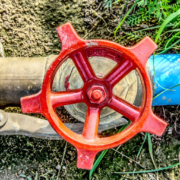The Nifty 50: Best Plants for WaterSmart Landscapes
Are you looking for new plants or trees to upgrade your WaterSmart landscape? Check out the Nifty 50. These 50 plants and trees thrive in San Diego County’s arid climate, and the rainy fall and winter are a perfect time to introduce them into your landscape. They are attractive, non-invasive, easy to maintain and drought-tolerant.
Timing is important
During the first 12 months in your garden, called the establishment period, new plants need extra water. Before bringing them home, make sure to check your irrigation system and water pressure.
A good resource for estimating the right amount of water for your landscape is the City of San Diego’s Landscape Watering Calculator.
The calculator is based on historical weather data for your zip code and can tell you more about water requirements for the plants, soil and sprinkler type in each of your irrigation zones. It will work for any location in San Diego County.
Map out your landscape
Once you have an efficient irrigation system set up, choose your new plants. Trees are a great way to line your property and block out the sun, noise and wind. They can help you collect rainwater and provide a beautiful backdrop for other plants.
Certain types of shrubs pair well aesthetically and attract pollinators like butterflies and hummingbirds. California Lilac, Manzanita, and Toyon are good examples of shrubs that will bring pollinators and other wildlife to your garden.
To add some texture and dimension to your landscape, look for colorful groundcovers like Trailing Lantana or Stonecrop.
Authentic means sustainable
Plants native to the region have adapted over thousands of years, and native animal species depend on them as well. There are thousands of ground covers, grasses, succulents, perennials, shrubs, vines and trees to choose from in addition to the Nifty 50. For more information, go to WaterSmartSD.org.

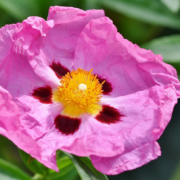
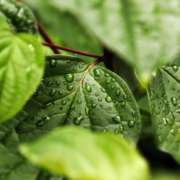
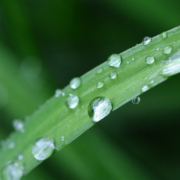
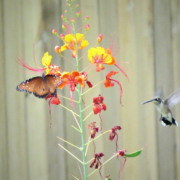
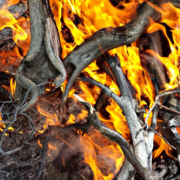
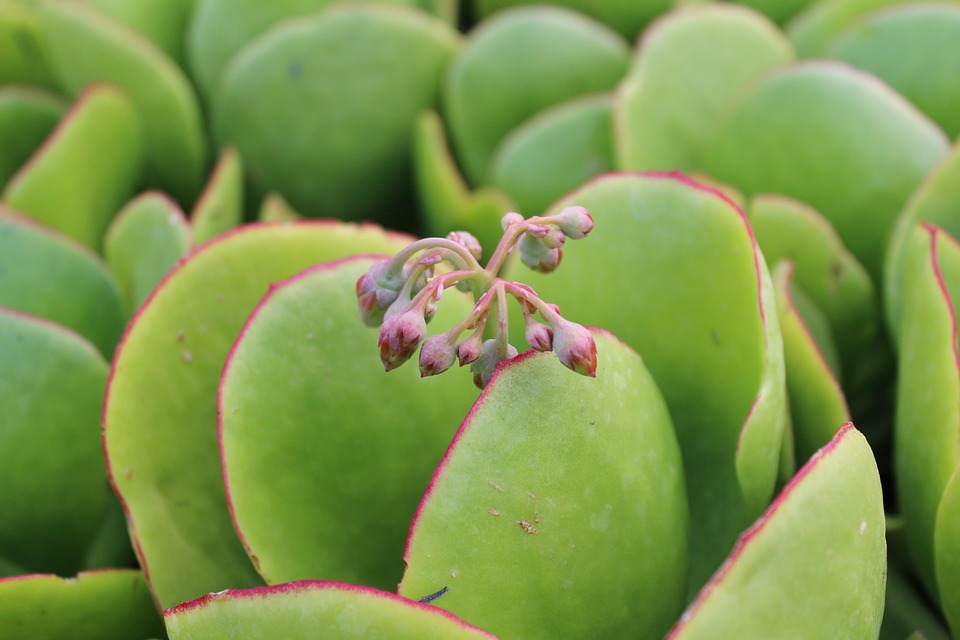
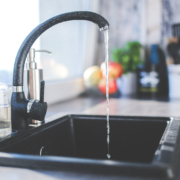
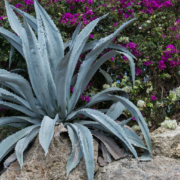
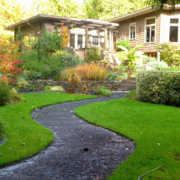
 Planting native California plants that will attract birds, butterflies, and bees for pollination is a great way to make a beautiful and sustainable garden. Photo: Iva Castro/Pixabay
Planting native California plants that will attract birds, butterflies, and bees for pollination is a great way to make a beautiful and sustainable garden. Photo: Iva Castro/Pixabay